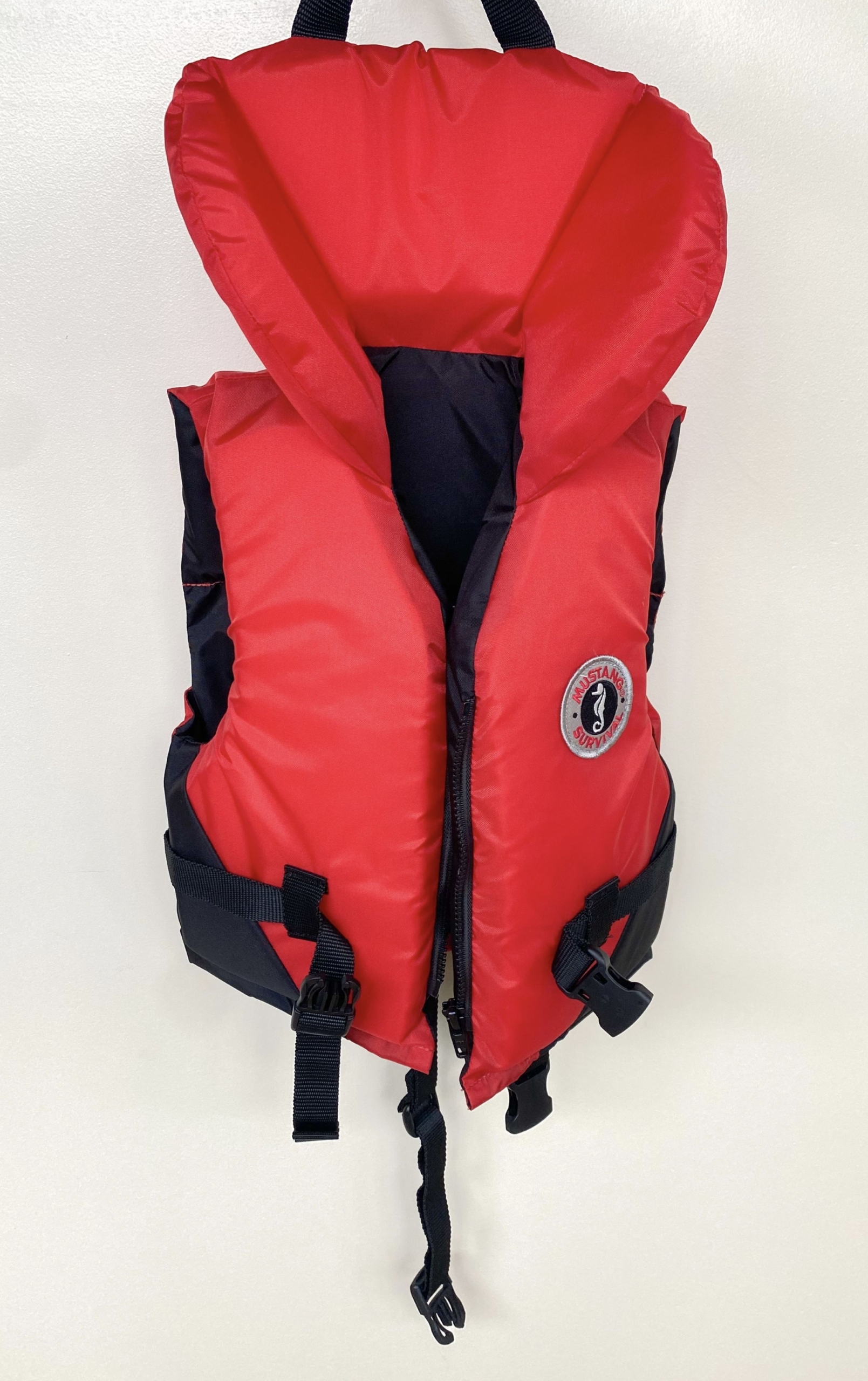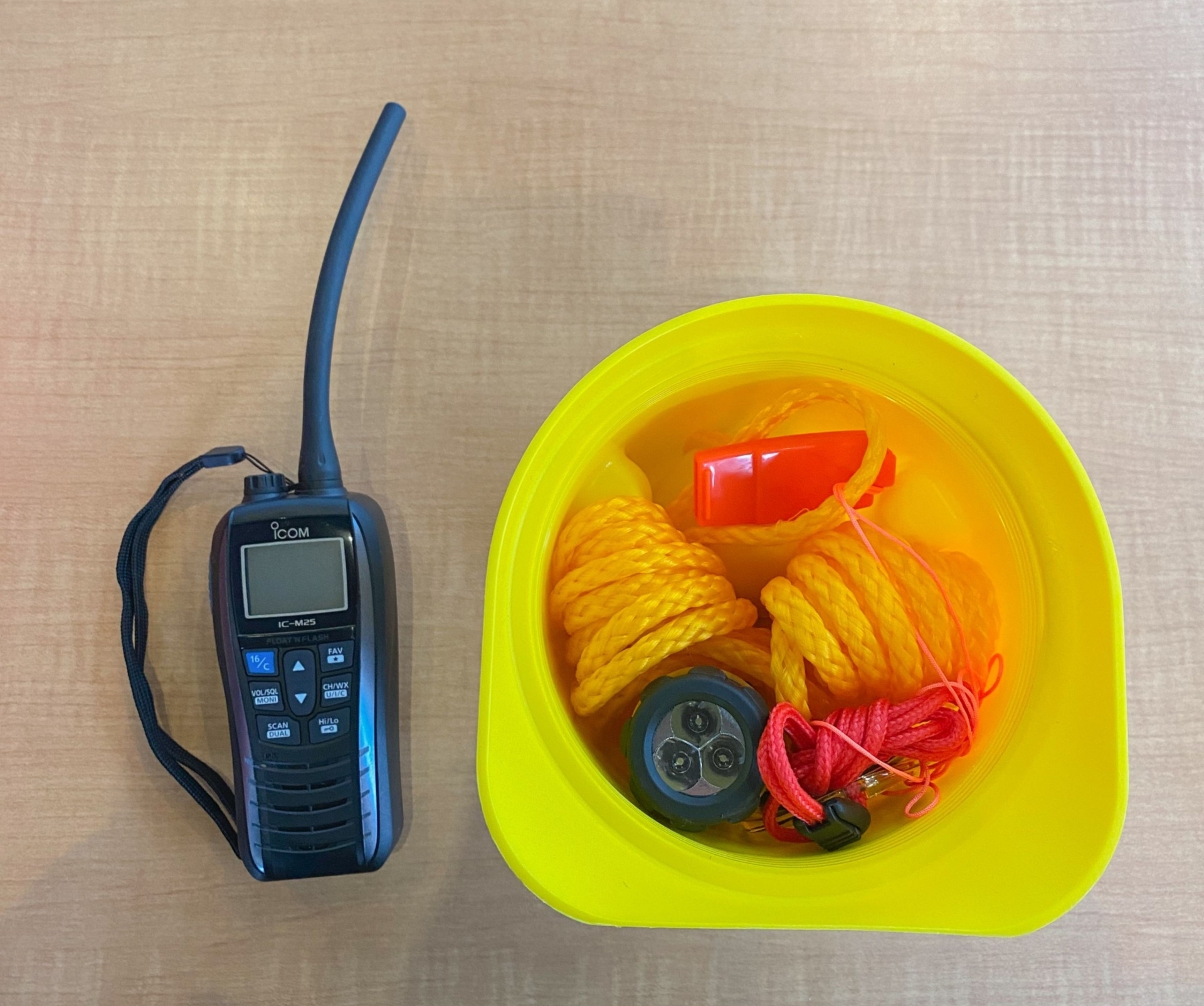Essential Boat Safety Kit: Must-Have Equipment for Safe Boating
23rd June 2025
Essential Boat Safety Equipment You Should Have
Safeguarding Your Journey with the Right Boat Safety Kit
Ensuring safety on the water is crucial, and having the right boat safety equipment on board is your first line of defence against potential emergencies. It’s also legally required from Transport Canada, with specific equipment for different types of watercraft. Whether you’re planning a day cruise or preparing for a longer journey, the right boat safety equipment can make all the difference in preventing and responding to hazards.
At Freedom Marine, we understand the importance of equipping your boat with reliable safety tools to protect yourself, your passengers, and your vessel. Here are some essential safety equipment that every boat owner should have on board.
Boat Safety Essential Gear
Personal Flotation Devices (PFDs)
Personal flotation device life jacket options should be available for every person onboard—this is not only smart boating, it’s legally required. Ensure every life jacket or PFD is in good condition, properly fitted, and stored where it can be quickly accessed in an emergency. Passengers on board should also know where and how to access PFDs before setting off.

Communication and Navigation Tools
Reliable communication and navigation tools are fundamental safety gear for boats.
- A VHF marine radio is essential for both emergency and routine communication and should be a standard part of your boating safety equipment. It allows you to call for help or get weather updates in real time.
- GPS systems provide precise location tracking, making navigation safer and more efficient.
- Nautical charts are essential for understanding water depths and coastal features.
- A handheld compass serves as a crucial backup for navigation in the event of a system failure.
These tools are often discussed in a boater safety course, where you’ll learn how to use them effectively and stay compliant with boating safety regulations.
Fire Safety and First Aid Kit
Your boat safety kit must include a marine-rated fire extinguisher that’s easily accessible in an emergency. Fires on boats can spread fast, so having the right extinguisher and knowing how to use it is critical.
A marine first aid kit should go beyond the basics. Stock it with treatments for cuts, burns, sun exposure, and motion sickness. It’s wise to carry seasickness remedies and supplies to stabilize injuries until professional help is available.
Don’t forget to bring extra drinking water—at least 2 litres per person—as a precaution in case of mechanical failure or unexpected delays. Staying hydrated is critical if you’re stranded for an extended period.
Additional essentials include:
- Throwable flotation devices like a life ring or cushion
- Visual distress signals, including flares and strobe lights
- A bailer kit with a whistle, floating line, and waterproof flashlight
These tools are just the foundation of your mandatory safety equipment for boats, but experienced boaters often carry even more, depending on their vessel and journey.

Beyond the Basics: Important Safety Additions
If you’re heading beyond protected bays or planning longer trips along the coast, these items are not just helpful, they’re highly recommended. They offer added layers of protection in situations where help may not be immediately nearby, such as cruising in open waters.
Even if you’re mostly boating in smaller lakes or staying close to shore, carrying some of this gear is still a smart move.
Consider including the following in your boat safety kit:
- EPIRB (Emergency Position-Indicating Radio Beacon) or PLB (Personal Locator Beacon)
- Manual or electric bilge pumps
- Tool kits and spare parts
- Radar reflectors and signal horns
- Additional navigation aids like AIS transponders
These aren’t just for long-range trips. They’re valuable safety tools for every boater that offer peace of mind when the unexpected happens.
Routine Checks for Yacht Safety
Don’t let your safety gear collect dust. Inspect life jackets, fire extinguishers, and VHF radios regularly to ensure they’re fully functional. A folding bucket can be a multi-use tool for bailing water or general cleaning.
Also, make sure your flares and other visual distress signals haven’t expired—this is a commonly overlooked item during safety checks.
Taking a refresher boat and safety course can help you stay sharp and up to date with new regulations or best practices. When in doubt, check the latest Safe Boating Guide from Transport Canada to find specific safety equipment requirements for your vessel length and type.
Safeguard Your Sea Adventures
At Freedom Marine, our team is here to guide you through smooth sailing on your vessel—whether you’re buying a new or pre-oLifejacketwned power boat or sailboat. When in doubt about your vessel’s safety gear, refer to Transport Canada’s Safe Boating Guide for detailed information on what’s legally required for your specific type of vessel.
Visit us in person or contact us, our team of experts is ready to assist with guiding you on your boating adventures.


